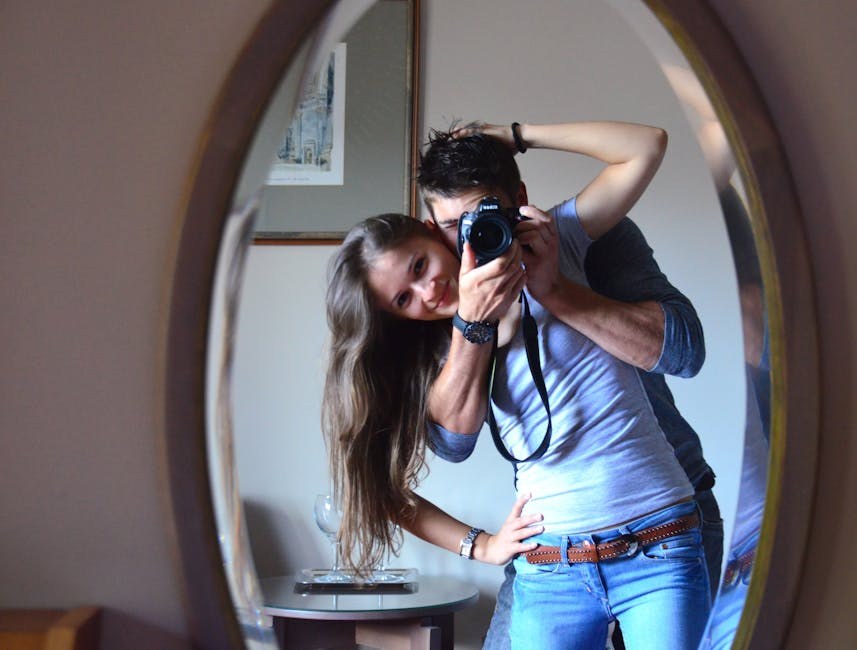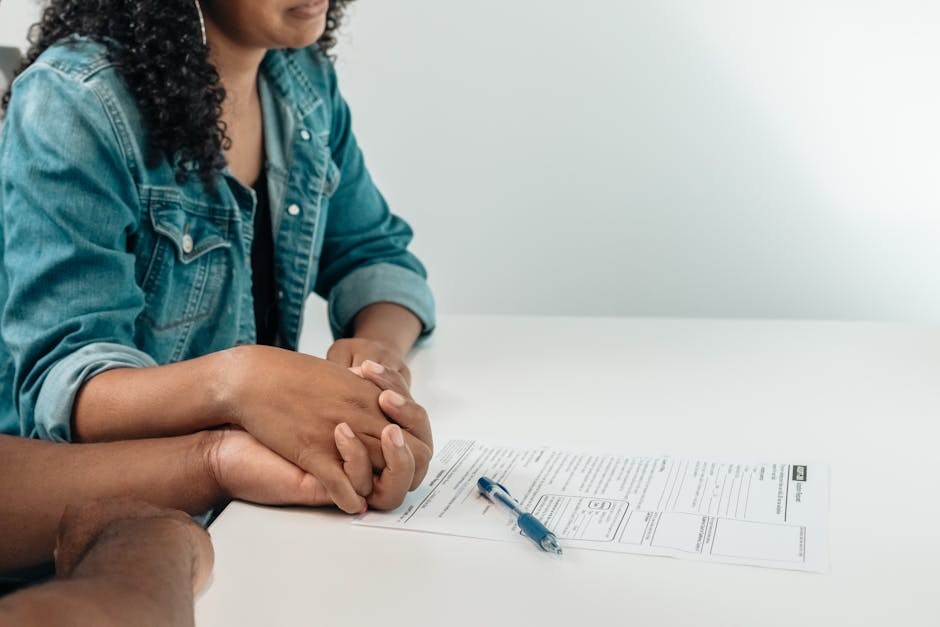Ask ten people to define love and you’ll hear ten different stories, yet the sensation itself is unmistakable – a mental spark, a physical flutter, and a feeling of safety that arrives all at once. We fall in love in crowded rooms and quiet corners, with friends we’ve known for years and strangers we meet in passing. For something so familiar, it still feels slightly mysterious, as if emotion and instinct had agreed to keep a few secrets from us.
That mystery doesn’t mean chaos. Patterns appear when you zoom in: the comfort of shared values, the magnetism of chemistry, and the push-pull of culture and circumstance. Environment matters – proximity, socioeconomic background, and upbringing shape whom we meet and how we read their signals – yet none of these pieces alone dictates why we fall in love. Instead, they stack, intersect, and sometimes contradict one another, creating a lived equation with no single variable in charge.
Think of love as a layered experience. There’s the first glance, which can feel like lightning; there’s the first conversation, which can feel like home; and there’s everything that follows, which can feel like a winding road. We fall in love when enough of those layers align for long enough to tip us from curiosity into commitment. Below, the most influential layers come into focus – not as rigid rules, but as common threads that help explain why hearts choose as they do.

What actually draws two people together
Romance often starts with a flash and continues with a pattern. Attraction can open the door; compatibility keeps it from slamming shut. We fall in love when the flash and the pattern reinforce each other – when the early delight is matched by deeper connection that survives routine, disagreement, and time.
The moving pieces, step by step
-
Shared emotional maturity
When two people regulate feelings in similar ways – owning mistakes, listening without defensiveness, offering empathy – trust forms quickly. That trust makes it easier to explore vulnerability without fearing a sudden drop. It’s one reason we fall in love with partners who meet us on the same emotional level: the relationship feels steadier, and the highs aren’t followed by destabilizing lows.
-
Primal cues in the body
Attraction isn’t only cultural; some signals feel baked in. Features associated with robust health and resilience can quietly nudge desire. Without converting anyone into a checklist, these cues can sway early attention – a reminder that biology still whispers in modern ears when we fall in love.

-
Ideology and core beliefs
Political leanings and moral frameworks shape what we consider fair, kind, or responsible. When two people interpret the world through similar lenses, friction over big decisions tends to shrink. That alignment makes daily life smoother and makes it more likely we fall in love because the relationship doesn’t require constant negotiation over first principles.
-
Beauty and the first impression
Physical beauty isn’t everything, but it does speak first. Balanced features and an overall sense of vitality can catch the eye in an instant. The important part comes after: whether fascination converts into fondness. When the initial spark is followed by warmth and respect, we’re more inclined to fall in love rather than simply chase a crush that burns out.
-
Local norms and culture
Communities teach us what to notice. In one place, fullness signals status; in another, leanness does. Style, voice, humor – these are read through a cultural dictionary we learn over years. Because of that, the people around us can appear more or less appealing based on shared expectations, setting the stage on which we fall in love.

-
Familiarity in features
There’s a curious balance between similarity and difference. Dissimilar traits can excite, yet faces or expressions that echo our own feel soothing. Over time, that comfort can matter more than novelty, gently steering us toward partners who feel like kin in spirit. That sense of “I know you” often helps us fall in love for the long haul.
-
Age and perceived readiness
Younger traits can signal potential for childbearing; older traits can signal wisdom and stability. Preferences mix, and real relationships rely on far more than a birth date. Still, expectations about age color first impressions and sometimes influence who crosses the threshold from interest to attachment – another subtle path by which we fall in love.
-
Personality fit
Beyond looks and background, temperament matters: patience with spontaneity, seriousness with play, ambition with ease. When quirks complement and values rhyme, daily rituals become delightful instead of draining. That harmony can convert compatibility into devotion, making it natural to fall in love as routines knit two lives together.
-
Chemistry and scent
Call it vibe, call it spark – chemistry is that hard-to-language awareness that someone feels unusually right. Sometimes it even shows up through smell, a quiet signal that tilts preference. Chemistry rarely carries a relationship by itself, but it often determines whom we notice, and with whom we fall in love instead of staying politely neutral.
-
Compatibility in values and interests
Shared priorities about family, money, intimacy, and time are the long game. Overlapping interests – books, hikes, food, music – become rituals that stitch weeks together. When big values align and small pleasures keep paying dividends, we typically fall in love because life together feels like a story that writes itself well.
-
Attraction across body, mind, and heart
“Love at first sight” is really shorthand for layered attraction: physical pull, intellectual curiosity, and emotional safety, arriving as a trio. The more of those channels light up, the more compelling a connection feels. That multi-channel pull is a common route by which we fall in love without quite understanding why the person matters so quickly.
-
Conversations that click
Talk is the bridge between strangers and partners. When exchange feels effortless – pauses comfortable, tangents welcome, differences respected – intimacy accumulates with each story told. This ease makes revelation feel safe, turning late-night chats into lasting bonds and helping us fall in love while simply “talking about everything.”
-
Humor and the lightness it brings
Laughter is an instant connector. It softens conflict, sweetens boredom, and makes ordinary moments sparkle. When someone can read your funny bone – and you can read theirs – even rough days feel survivable. That shared levity becomes a steady reason we fall in love, because being together reliably turns life brighter.
-
The pull of mystery
Not everything should be on the table on day one. A little opacity invites curiosity; pacing reveals depth without theatrics. Mystery isn’t manipulation – it’s the respectful unfolding of a real person across time. That unfolding keeps attention engaged and often explains why we fall in love more deeply as layers are discovered rather than dumped.
-
The part that resists explanation
After adding up maturity, beliefs, looks, context, timing, and temperament, there’s always a remainder. Some connections bloom despite poor odds; some wither despite perfect fits on paper. That leftover space – the part logic can’t pin down – is where we simply fall in love because our hearts insist on saying yes.
How circumstance shapes the path
Proximity increases opportunity – you can’t connect with someone you never meet – and upbringing teaches you which gestures feel loving and which feel foreign. Socioeconomic status colors expectations about work, leisure, and stability. None of this dictates outcomes, yet each factor shifts the probability that two people will cross paths, recognize each other, and decide to keep showing up. We fall in love more readily when logistics cooperate: shared schedules, overlapping circles, compatible goals.
Timing also matters. A person who seems invisible during one life phase can feel luminous in another because readiness changed. Fresh grief, new jobs, or family obligations alter bandwidth. Add in the subtle rhythms of health and energy, and you can see why we fall in love most easily when our calendars and our capacities align.
From spark to staying power
Once the initial fireworks fade – and they do – the quieter architecture matters: kindness during stress, curiosity during routine, generosity during disagreement. Those habits create a sense of “us” that survives mood and circumstance. In that steadier climate, we fall in love again and again with the same person, not because the novelty never ends, but because respect, tenderness, and play keep renewing the connection.
A note on uncertainty
Even with a full list of influences, no algorithm can forecast the exact moment attraction becomes devotion. People surprise themselves: a friend who never wanted commitment finds themselves planning weekends; a skeptic discovers they like flowers; a romantic learns to set boundaries. That’s part of the wonder – we fall in love as whole, evolving humans, bringing both history and hope to the table.